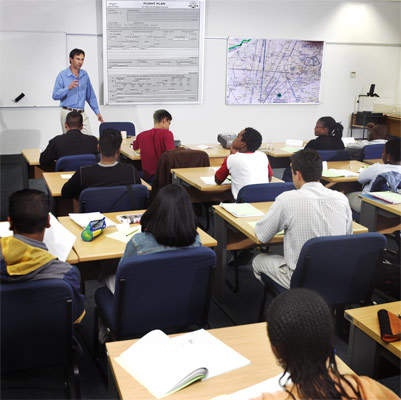A few days ago, the world – the media world celebrated World Day. We in the aviation industry, commemorate radio as it known within this space. Aviators know radio as a critical element, as it enables Communications, Navigation and Surveillance in any airspace across the globe. Radio is a central element of ATNS’ business. Indeed, it is our prime means of communicating with aircraft. It is also the basis of our entire navigation infrastructure. Even as communications services increasingly change from analogue to digital, we will continue to rely on radio in one form or another.
Interestingly, our main communication medium with aircraft is an outstanding ancient technology. Amplitude Modulation (AM) was perfected around 1902. That was more than 120 years ago and within 20 years of the invention of radio. Then, FM came around in 1933. It has long been valued for its superior clarity.
Digital systems are gradually replacing FM, but AM still remains the best technology for our applications. It requires simple equipment and can handle multiple signals, such as when two pilots transmit simultaneously, or when someone’s microphone button gets stuck. There are text-based systems such as CPDLC, but they are not yet in use in the busiest airspaces. Meanwhile, voice signals still provide the most immediate means of communicating with humans!
We have an assortment of systems. They use widely different portions of the radio spectrum. Non-directional beacons use the Medium Wave band. Long-distance voice communications use the Short Wave band, with a range of several thousand kilometres. Voice communications and some navigation systems use spectrum right next to the FM broadcast band.
Other navigation systems and satellite communications, which are neighbours with television, mobile phone, Wi-Fi and other technologies, use much shorter wavelengths. These signals all cover only the line of sight—perhaps 200 km towards high-flying aircraft. Fortunately, the importance of aviation is recognised, and our frequencies are protected from encroachment by other interests, such as mobile networks.
Radio systems will continue to evolve. The mobile services we now take for granted did not exist 30 years ago. Honestly, I’m ashamed to admit that when I heard descriptions of future mobile systems in the 1980s, I regarded them as pure science fiction. I knew enough about the limitations of radio to dismiss them out of hand. Yet we now enjoy those services—everywhere and always.
In aviation, the chief advantage of these developments came in the form of satellite navigation systems. Pilots no longer need to follow a line of radio beacons to find their destinations. They can now fly directly to almost anywhere on earth. Additionally, we can also fit a lot more aircraft into a specified airspace, as we can rely on them being exactly where they are supposed to be.
At ATNS, we have to stay abreast of new developments, so that we can deal with the increasing demand for our services. At the same time, we need to remember that our 120-year-old technology is still the backbone of our existence.
